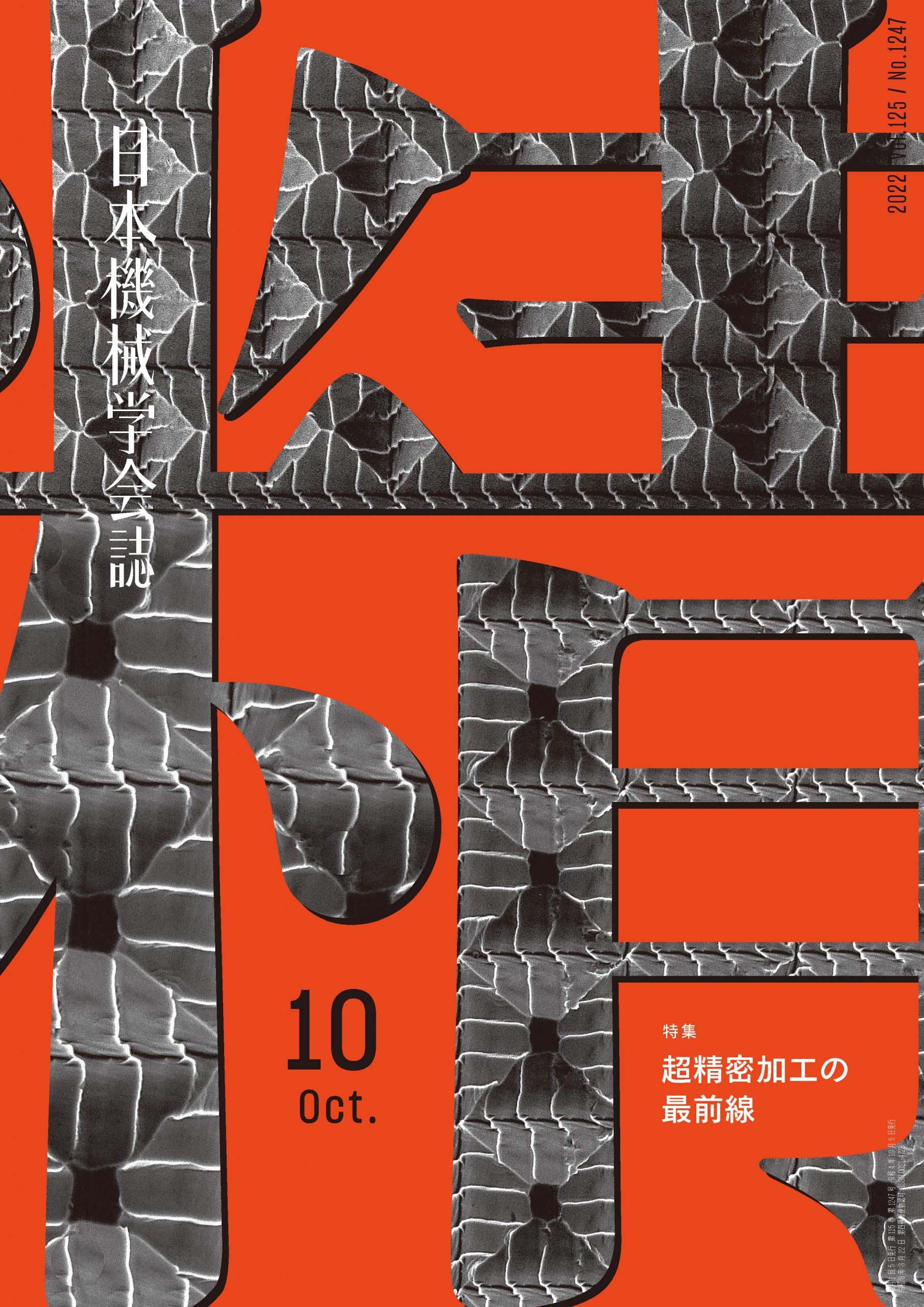特集 超精密加工の最前線
Compliant grinding and polishing of ellipsoidal silicon mirrors for X-ray focusing
Introduction
Ellipsoidal silicon mirrors based on the Kirkpatrick-Baez (KB) design are widely used in focusing of X-ray and neutron beams (1). The fabrication of suitable reflectors involves stringent requirements for form accuracy and surface smoothness, that have led to the development of dedicated finishing methods. A prevalent approach relies on single point diamond turning (SPDT) of the single crystal silicon substrate followed by contactless elastic emission machining (EEM) with a large polyurethane ball in a submerged condition. This scratch-free finishing method can produce extremely smooth mirrors (2), but the processing time and cost are significant since both SPDT and EEM have low removal rate characteristics. Ion beam figuring (IBF) has also been adopted to produce mirrors with nanometer-scale form accuracy (3). However, the surface needs to be perfectly smooth beforehand since roughness seldom improves under the mostly normally incident ions. The requirement of a hard vacuum chamber also makes IBF a costly approach. To reduce the cost and complexity of KB mirror fabrication, this paper introduces a remarkably efficient and economical process chain based on rough cutting of the approximate ellipsoidal shape, followed by corrective grinding and polishing using compliant tools on a standard 5-axis machine tool.
Principles of Compliant Finishing
The use of compliant tools brings advantages when processing brittle materials: (1) Most of the strain is borne by the elastic support material. (2) Residual strain can be maintained within the elastic limit of workpiece. (3) The contact area is much smaller than overall size of workpiece, permitting local correction of form error. Generally speaking, rough cutting of the workpiece is performed in the brittle mode, while compliant finishing is performed in the ductile mode. From the collection of precision grinding data on a large number of brittle materials (glass, ceramics, crystals), a critical penetration depth dc of abrasives that ensures ductile mode processing was proposed by Bifano et al. (4), expressed as follows:
where is E, Hv and KIC are the Young’s modulus, Vickers hardness and fracture toughness of the workpiece material, respectively. In the case of single crystal Silicon, dc has a value of only 10 nm.
There are various types of compliant tools that can keep the grit penetration depth below this small value, each with its own strengths and advantages. Table 1 shows the relative merits for 3 types of compliant tools introduced in this paper. Detailed descriptions are provided in the following sections.
Table 1. Relative merits of processes introduced in this paper

Shape Adaptive Grinding (SAG)
キーワード:超精密加工の最前線

